David’s Powder River Montana Hunt (November 2011)
 Nov. 17-20, 2011, Miles City, MT: The Bucks of Tecomate TV Hunt on Montana’s Powder River
Nov. 17-20, 2011, Miles City, MT: The Bucks of Tecomate TV Hunt on Montana’s Powder River
Over the years, I’ve come to have a few favorite places to hunt whitetails. They are not all based on deer size, though some like South Texas and Eastern Colorado do produce giants. Others have good deer, but even more importantly, they are delightful places to hunt and places where old friendships are fostered. One such place is a wild and beautiful chunk of country south of Miles City, Montana, where I have hunted on and off since the early 80s. (I admit to being a little biased by the fact that Montana is one of my “home” states, having lived there for 10 years of my life.) I started hunting there back in 1982 with my old friend Ray Perkins, a.k.a. Perky. We had many grand adventures for deer and antelope. Ray hunted over 200,000 acres with his son Bill, who is about my age. Ray has since retired, leaving it to Bill and me to continue the tradition. And continue it we have!
If there’s a more enjoyable place to hunt than Eastern Montana, I don’t know where it is. This country abounds with game – mule deer, whitetails, pronghorn, and a wide variety of game birds, including pleasant, sharp-tail grouse, Hungarian partridge, sage grouse, geese, ducks, and Merriam turkeys. Plus, the rifleman can scratch his itch with an abundance of coyotes and prairie dogs. The country is relative easy on old legs and as photogenic as any place on earth. This is true Big Sky Country. Best of all, it has a ribbon of magical country running through it – the Powder River Bottom, the home of an incalculable number of fine whitetails! Though I love hunting mulies with Bill, it is hard to get me away from the whitetails, especially when they’re stirred by the rut, which they most definitely were when Matthew Carmen, my cameraman, I arrived at Bill’s camp on the afternoon of November 16, 2011. This edition of Eastern Montana hunting with Bill Perkins Outfitters went like this:
Diary of the Powder River, Montana:
Day 1: Woke to great weather. Clear, 25 degrees, very little wind. Ground is bare. I’m excited about this hunt. Bill is always understated, but he’s been talking up what he’s been seeing in my favorite section of the river bottom. Said he saw 3 shooters 2 days before I arrived. Seems the hay just off the river cottonwoods was recently cut and the young re-growth has really been drawing in the deer.
My plan is to walk well around the active area before daylight and get in position to move slowly along the fringe between the hayfield and river bottom in hopes of catching a big buck in the field or moving back to cover. If that didn’t work, I’d try to rattle them out of the cottonwoods and willows. One thing I knew about this plan – I would see a ton of deer and would likely have to make a shoot-or-not-to-shoot decision.
Matt and I got in perfect position just as gray light first appeared. The idea was to be passive early, trying not to let our presence be known ... what I call “loitering.” Our attention was mostly on the field, which was dotted with deer among the big round hay bales. The hayfield was about a mile long and a half-mile wide. It was crisscrossed by hedgerows, fencelines, and ditches. Plus, swells and dips gave the deer plenty of “topography cover.” I knew from experience that some deer would work their way back to the river cover, but many would stay in the fields and use the relief and limited cover to conceal their presence.
Deer steamed by Matt and me all morning. We were constantly on the move trying to cut off suspect bucks and get better views of bucks still in the field … and trying to stay “invisible.” Though we saw several mature bucks, I was only tempted by one – a 150-class 10-pointer. He was busy keeping a hot doe away from all the other bucks in the field and paid no attention to us as we hurried down a ditch to cut him off. It wasn’t easy to let him go as he passed by us 125 yards away.
By 10 a.m., most of the deer going to the river bottom were already there. The bucks in the field had lain down. I was not ready to disturb the bucks in the field yet so we turned our attention to the river bottom and rattling. I moved well away from the field and found a spot with good downwind visibility and nearby bedding cover. I had rattled in this very spot several times before in years past. I KNEW we would bring in some bucks. I was not disappointed. Half way through the first sequence, 3 bucks charged in trying to get downwind. When my 30 minute session was over, we had rattled in 9 bucks. Three were in the 140-class. At one point, 6 bucks were milling around downwind looking for the fight! Of all the places I’ve ever rattled, Eastern Montana is consistently one of my most productive rattling locations owing to the competitive rut stemming from a good buck age structure and buck/doe ratio.
Two rattling sessions and 6 more bucks later, we called it a morning. Conservatively, I would guess that we saw around 40 bucks that morning. I felt that some of the bigger bucks had stayed in the field. With that in mind, I planned to set up on the field that afternoon.
Just before 3 in the afternoon, Matt and I settled behind a couple of hay bales on an elevated point extending into the mid-section of the vast hayfield. We had good visibility in 3 directions for farther than I could shoot, meaning a long way considering that I was armed with my Sako A7 Tecomate in .300 WSM. Plus, I had a Leupold CDS scope that would allow me to hold dead-on out beyond 500 yards once I ranged the distance and dialed in the yardage. With this setup, I could take full advantage of the downrange power of the Winchester Supreme 180-grain Accubond leaving the barrel at 3010 fps.
The afternoon went exactly according to plan. We were covered up with bucks, including several good ones I had not seen that morning. Some bucks came in from the river bottom as expected. But many just appeared, having bedded in the limited cover of ditches, hedgerows, and such. Two 150-class bucks tempted me, as did a 140-class 8-pointer that chased a hot doe right into our laps. But, it was a buck Matt spotted through his camera’s 32-power lens at almost a mile that caused me to hold off and make a plan for the next morning. I could see that he was very tall through my Leupold 10-power Mojave binoculars, but the camera showed enough detail that I knew he was a buck I wanted. No way to get to him today. Too late and too many deer between him and me. Tomorrow …
Day 2: The Sirius Travel Link on my Ford F150 said a big weather change is coming. Cloudy and 16 degrees when we woke up. The forecast called for a foot of snow tonight. Time to get aggressive. I told Matt we were going to the area we saw the big buck yesterday afternoon, and if we saw him, we were going straight after him, regardless of how many deer were between him and us.
We got in position along the edge of the hayfield near an old homestead before first light. Even in the darkness, I could make out deer bodies among the hay bales. Despite all the talk about how good deer can see at night, I don’t find them to be much quicker to see me in low light than I am to see them. They certainly are not nearly as spooky in dim light as they are in good light. My plan was to take advantage of that fact by using my binoculars to find the buck I was after and then move quickly to get in shooting position, even if it meant charging through other deer to get to my buck. For this plan to work, I had to find him at first light and make my move fast … and hope Matt had enough light to video for the show.
That was the plan, and it unfolded exactly according to script, something that seldom happens with whitetails! Darkness had lifted just enough for me to make out antlers. I had checked several bucks when by glasses settled on the one I was after. His towering rack gave him away. His blocky body told me he was fully mature. I quickly ranged him at 392 yards, but he was on the other side of a fencerow. At least a dozen deer stood between him and me. The good thing was that my buck was locked on a doe. I told Matt to get ready – we were about to make a move. The plan was to stay low and move fast. Don’t pay any attention to any other deer. Just close the distance. As soon as we had a shot, we’d pull up and let fly.
With that, we took off, straight and fast. Deer scattered, but we continued our hunkered-over run. My buck was busy with his doe, fending off other bucks. At about 250 yards from the buck, I dropped my Bog-Pod and laid the rifle across the top of a hay bale. The buck was still chasing the doe, paying no attention to the deer scattering before us. I looked up from my rifle momentarily and immediately noticed a potential problem – through I had a clear view of the buck though my scope, my barrel was not clearing the top of the bale. I stripped off my heavy gloves and placed them under my rifle to gain elevation. Unfortunately, this is when the doe decided she had had enough and took off for the river bottom, the buck in tow.
Matt and I took off on a full run to try to cut the buck off. Fortunately, he ran into another buck and stopped to challenge him. I used the pause to assume the shooting position over a nearby bale of hay. No time to waste. About 225 yards away. Matt said he was on him, and I tried to still my beating heart and heaving chest for the shot. Not easy. When the crosshairs weaved across his chest, I fired … and was nearly blinded by an explosion of hay! The buck stood there wondering what all the ruckus was about. I knew instantly what had happened – I had shot the hay bale! A grove in the top of the bale confirmed what I already knew.
I quickly moved forward so my rifle barrel would clear the hay, realigned my sights, and squeezed. I knew he was mine upon the impact. He ran about 30 yards, stopped, and staggered. I fired an insurance shot. He wobbled forward and tipped over at the edge of the hayfield. I had a dandy 160-class Montana buck!
Bill heard the shot and soon joined us. As we had done so many times before, we celebrated the animal, the place, and the shared experience. No place like Eastern Montana!
For information on hunting with Bill, contact Bill Perkins Outfitters, Route 1, Box 2194, Miles City, MT 59301 – perkinsoutfitters@gmail.com.
Posted by David Morris
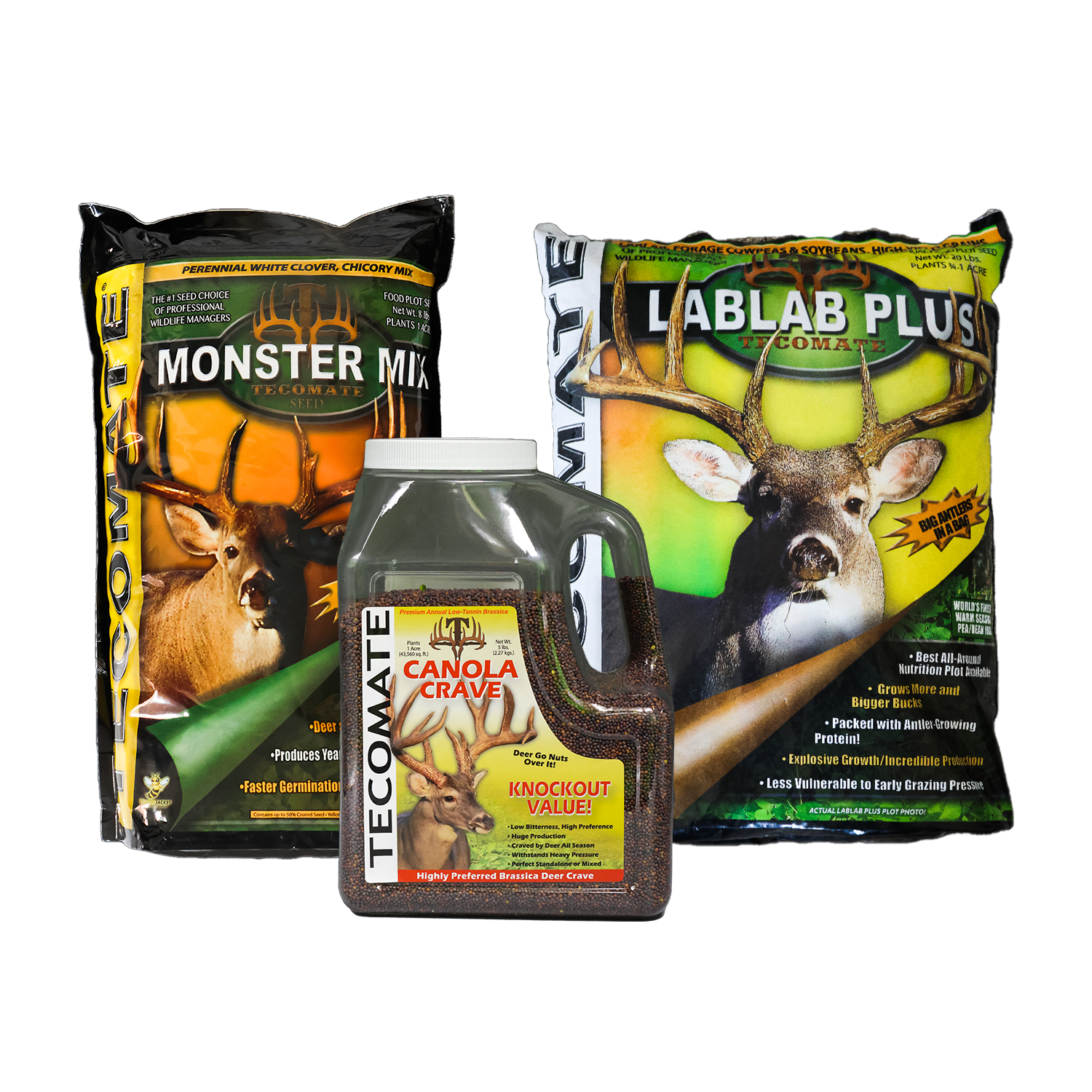
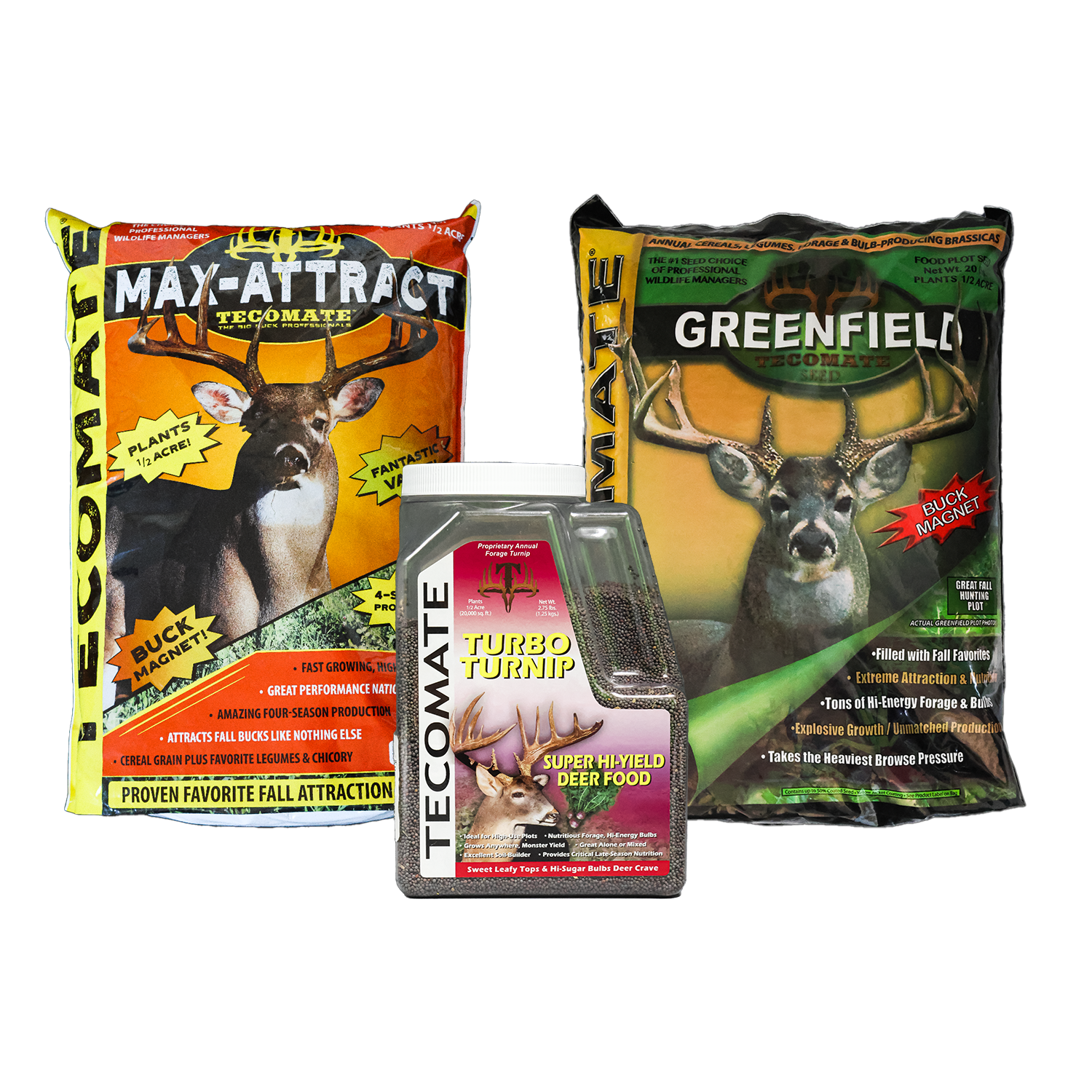
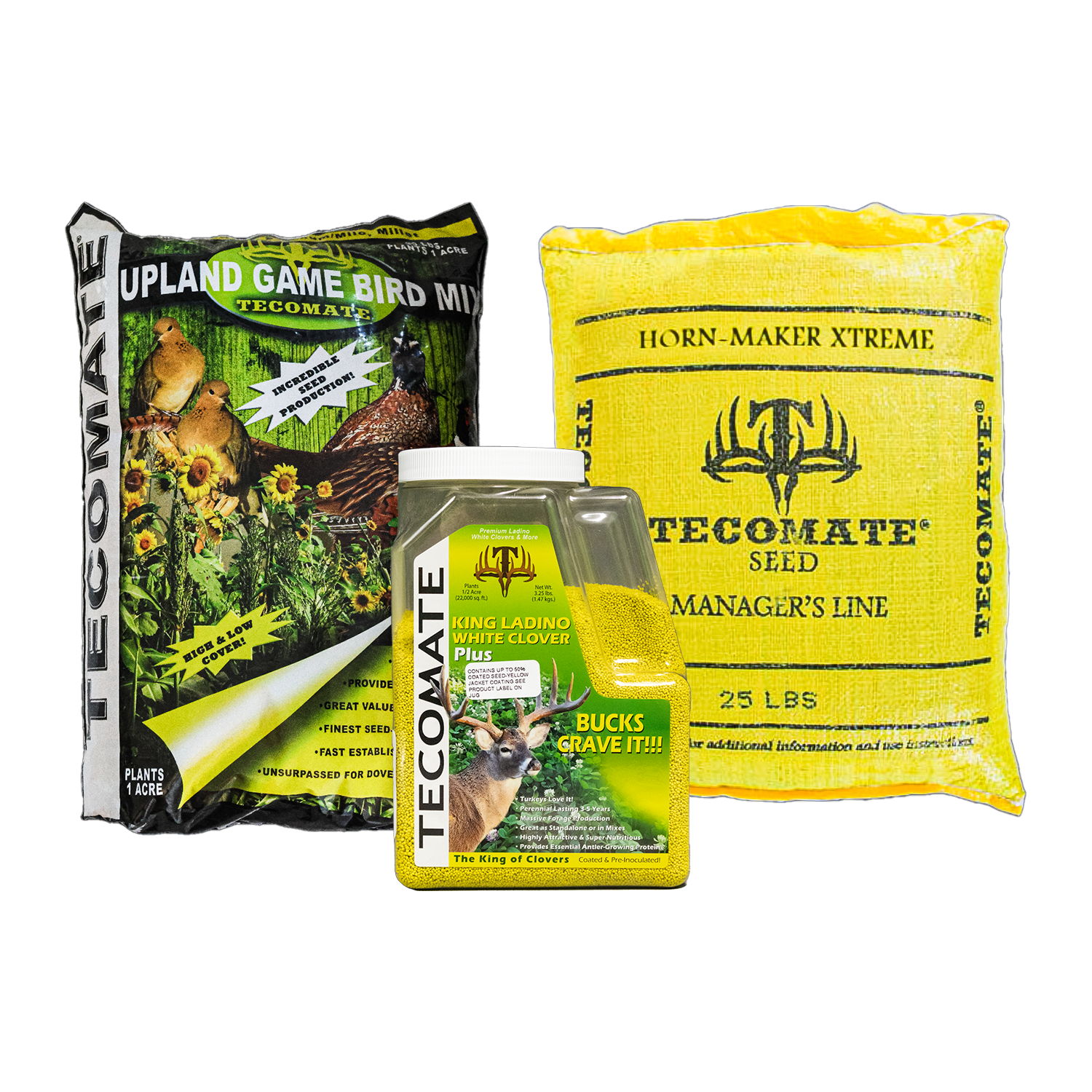
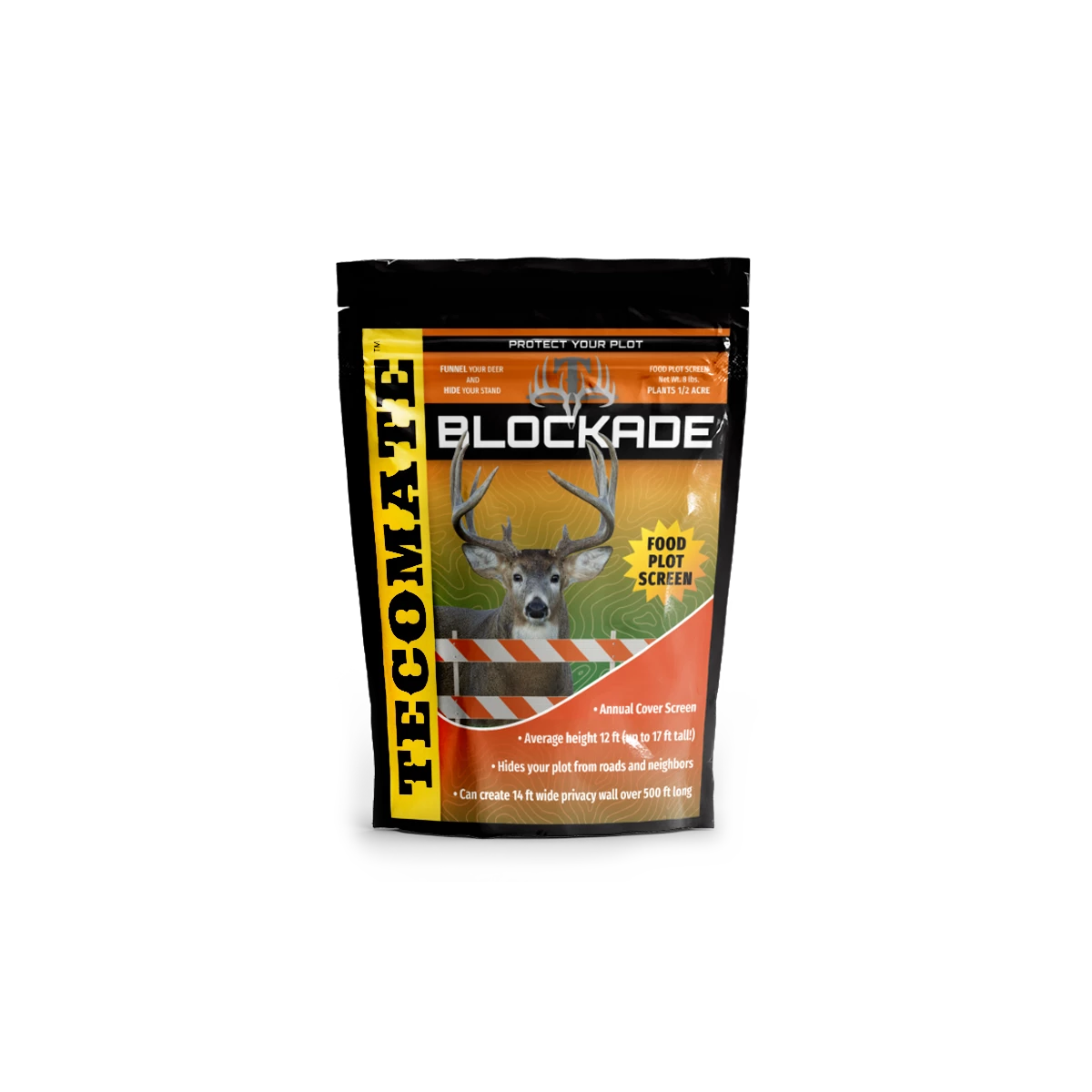
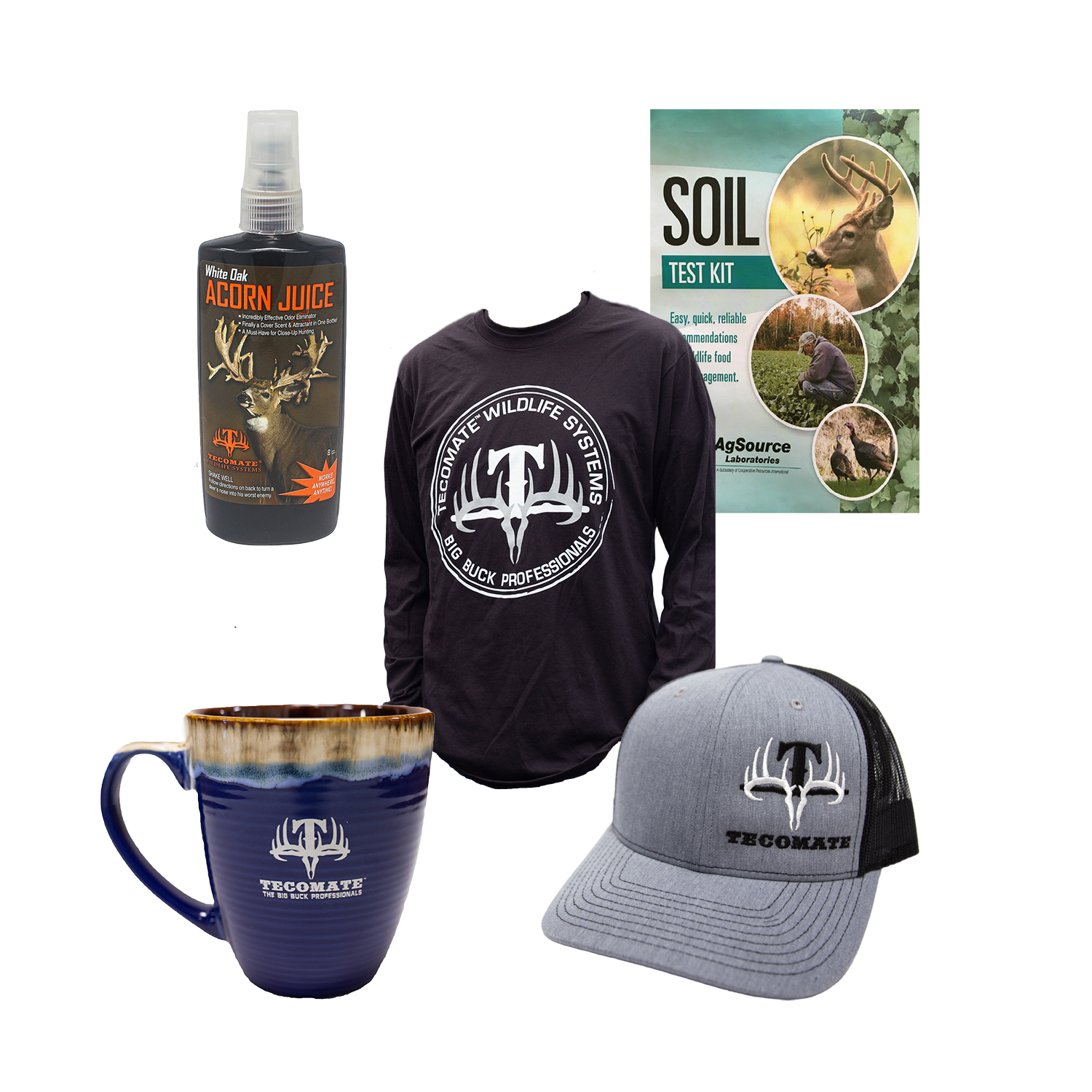

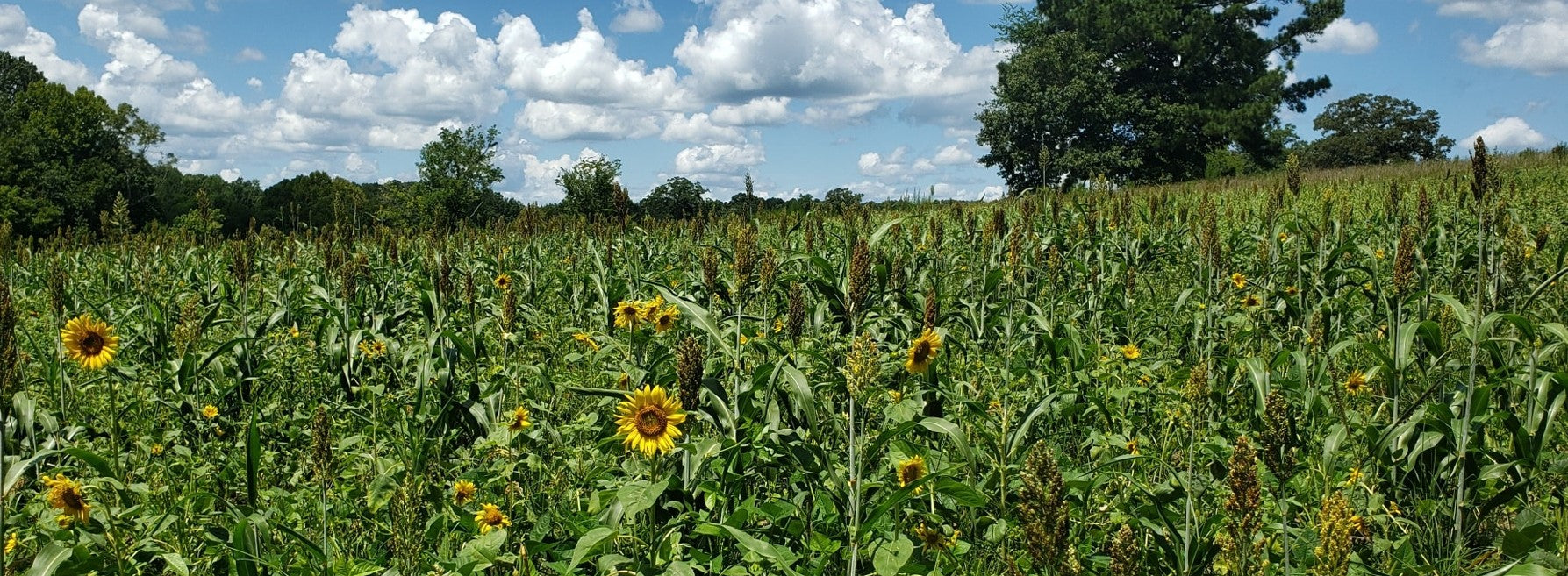
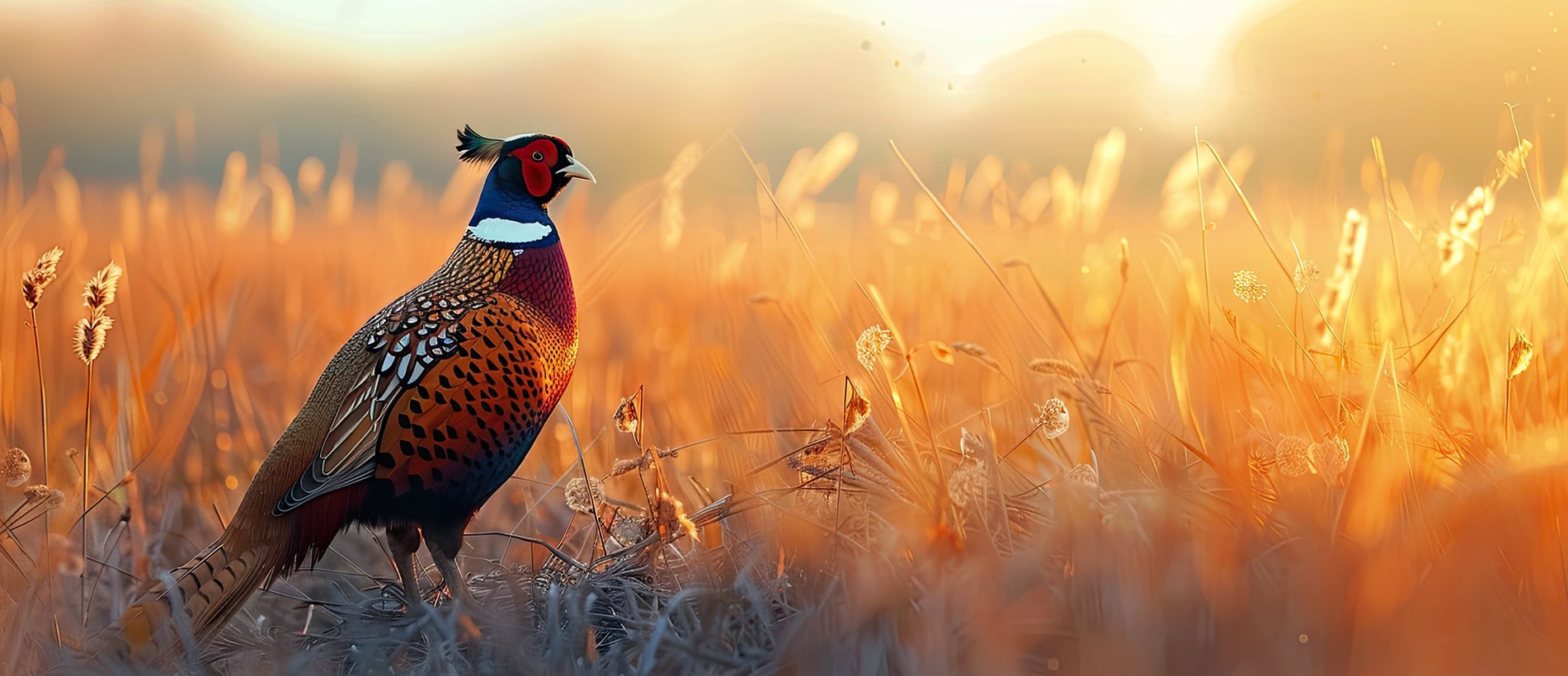


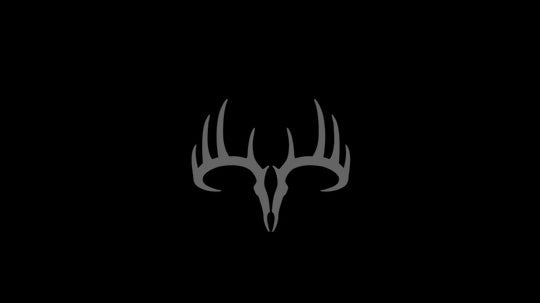
Leave a comment